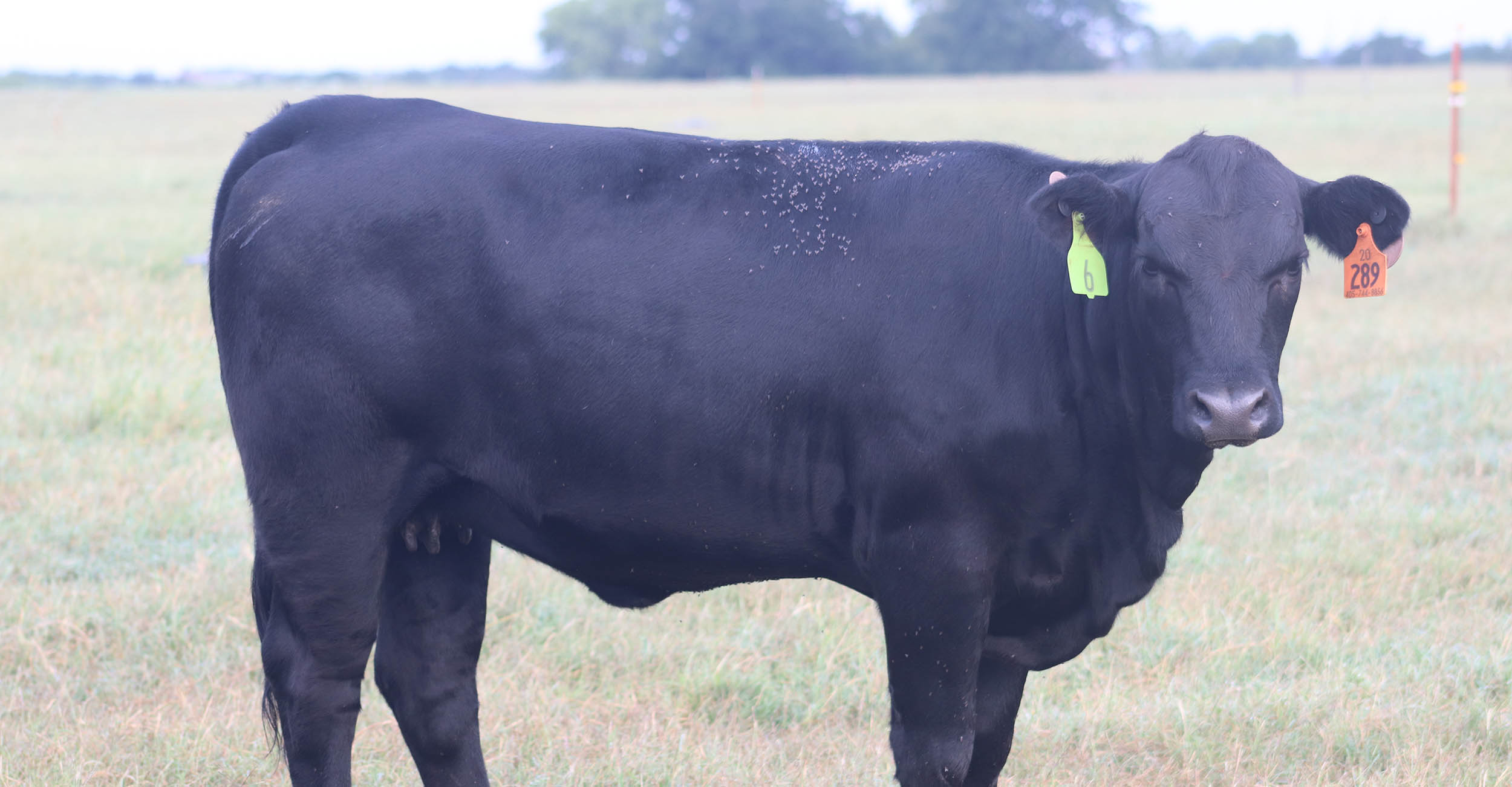
Cattle producers are battling flies and ticks this summer
Wednesday, July 5, 2023
Media Contact: Alisa Boswell-Gore | Agricultural Communications Services | 405-744-7115 | alisa.gore@okstate.edu
Increased rains in Oklahoma this past spring has brought some not-so-welcome friends.
Fly and tick populations have increased, which means cattle producers are fighting an uphill battle this summer with these blood-sucking pests. The cattle industry suffers $1.3 billion in losses annually from horn flies alone. They are considered the No. 1 external parasite for cattle across the country.
Justin Talley, Oklahoma State University professor and Extension specialist for livestock entomology, said horn flies and lone star ticks have ramped up this summer and are likely to get worse in July and August.
“Flies on a cow each take anywhere from 1.5 to 2 milligrams of blood, but multiply that by 300 to 1,000 flies, and that becomes severe irritation,” Talley said, adding that it’s important producers choose the correct control method.
“It’s not one-size-fits-all. Whatever works within a production system — whether it’s ear tags, pour-ons or sprays — producers need to understand the longevity of these methods,” he said.
Talley said ear tags will provide three months of adequate control, while sprays only provide one to two weeks and pour-ons provide two to three weeks’ worth of control.
“What our research shows is that the combination of an ear tag with a feeding supplementation of insect growth regulator (IGR) is what keeps fly populations down for the longest amount of time,” he said. “These are commercial products that cattle producers can buy, but they need to feed that consistently and early on.”
Ear tags kill adult flies while the IGR suppresses overall fly populations. Talley said it is best for producers to start the IGR feeding regimen in March, but that doesn’t mean they can’t start it now.
“It will be more of an uphill battle than if you started it in March, but you can still see a further reduction with this feed supplement versus just doing an ear tag,” he said.
Ticks are the more challenging parasite to combat.
“Sometimes, they go unseen unless you’re processing those animals through a cattle chute,” Talley said. “We will usually feel a tick before we see it by conducting a tick scratch, which any producer can do.”
This entails running your hands around the brisket, between the legs and underneath the tail of the cow.
“That’s where you’ll usually find ticks, especially the American dog tick, which transmits the pathogen that causes anaplasmosis, a common cattle disease,” he said.
Talley said producers are likely seeing several ear ticks, but those do not contribute to anaplasmosis. He added that some cattle producers make the mistake of relating anaplasmosis to only flies, but the disease is transmitted and amplified by ticks.
During the summer, producers will see an overlap of lone star ticks, American dog ticks and Gulf Coast ticks on their livestock. However, the main concern, for now, is the lone star tick, which causes different issues than the American dog tick.
“You see these on cattle, but as producers are interacting with their cattle, they need to make sure they are protecting themselves because the lone star tick also causes red meat allergy,” he said.
When a lone star tick bites a human, a compound in the tick’s saliva can cause people to develop an allergy to all red meat, known as Alpha-gal Syndrome.
In July and August, producers will begin to see more seed ticks, which are the immature ticks fresh out of the egg stage.
“Any time you have areas with a lot of wildlife, especially white-tailed deer, you tend to see higher tick populations in a pasture,” Talley said. “It’s already a pretty bad tick and fly year, but if we keep getting a decent amount of moisture and humidity, it’s going to get worse.”
